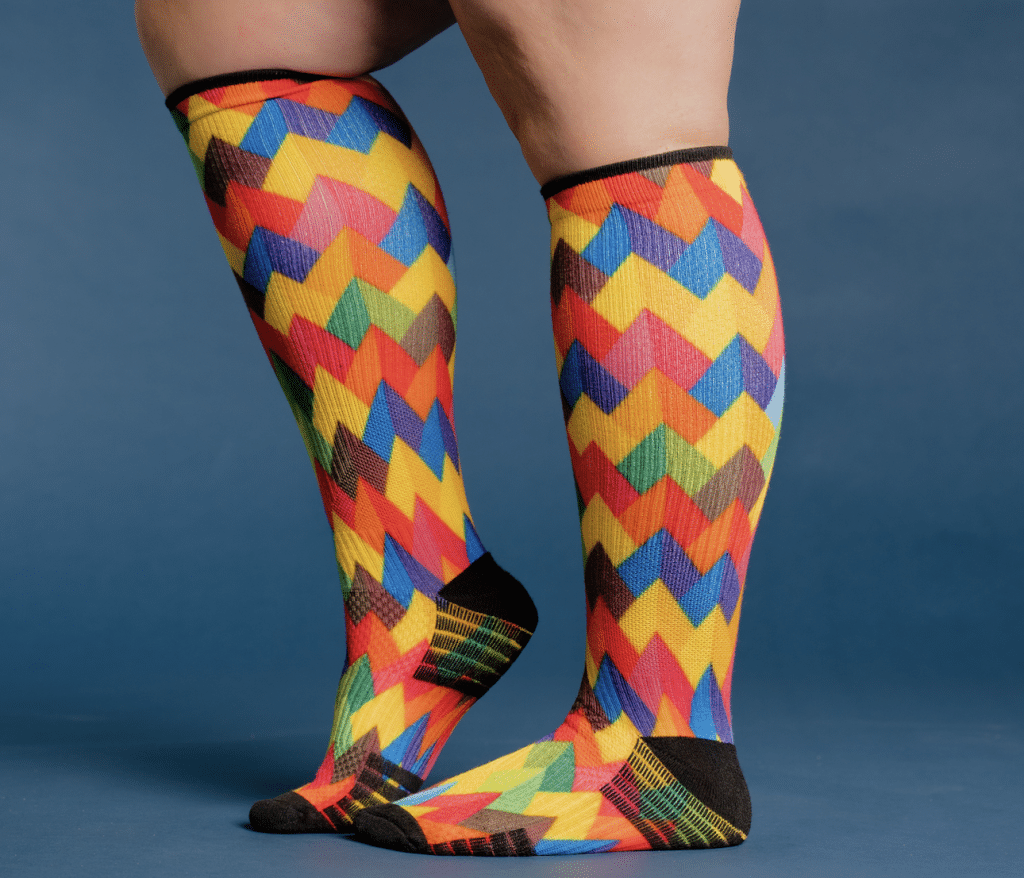Diabetes, a chronic condition affecting millions globally, often leads to foot complications ranging from minor issues like dry skin to severe problems like nerve damage. Maintaining foot health is vital for diabetics; a key element is choosing the right socks. This article examines the benefits of non-binding and compression socks in ensuring optimal foot health for people with diabetes.
Non-binding diabetic socks, designed for a loose, comfortable fit, avoid binding or bunching that could cause pressure points, potentially leading to blisters or sores. These socks, made from breathable, moisture-wicking materials, reduce moisture accumulation and infection risks. They’re particularly crucial for people with diabetes with reduced foot sensation, as they lower the risk of friction and pressure-induced foot injuries. One significant advantage of non-binding diabetic socks is their role in promoting good circulation, which is crucial as diabetes can lead to circulation issues. By avoiding foot constriction, these socks enhance blood flow, reducing complications and aiding in wound healing. They can also prevent edema, a swelling caused by fluid accumulation, common among people with diabetes.
Conversely, compression socks apply gentle pressure to feet and legs, improving blood flow and decreasing swelling. Made from moisture-wicking, non-constricting materials, they help prevent irritation. Especially beneficial for people with diabetes with circulation issues, compression socks enhance foot blood flow, reducing complications. Primary benefits of compression socks include reducing blood clot risks—a severe diabetic complication—and mitigating swelling and edema. By improving blood flow and decreasing fluid buildup, these socks address common diabetic issues.
Besides promoting circulation and reducing swelling, non-binding and compression socks help prevent foot injuries. Designed for a good fit and providing cushioning and support, they prevent blisters, sores, and other foot problems.
However, it’s essential to remember that all non-binding and compression socks are not equal—choose socks specifically designed for people with diabetes. Look for moisture-wicking, non-constricting socks with extra cushioning and padding in the sole and heel areas. A good fit that doesn’t bunch or bind is also crucial.
Non-binding and compression socks significantly promote foot health for people with diabetes. These socks play a vital role by improving circulation, preventing edema and swelling, and reducing foot injury risks. Coupled with diligent foot care, people with diabetes can proactively manage their foot health, reducing complication risks.

